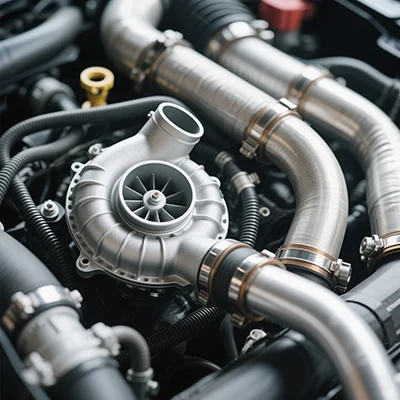The Silent Killer: Understanding the Impact of Plastic Types on Wildlife
3 min readIn recent years, the environmental crisis has escalated, with plastic pollution emerging as one of the most pressing issues. Among the myriad of plastic types, certain varieties pose a more significant threat to wildlife than others. This article delves into the types of plastics that are most harmful to animals, exploring their properties, how they affect ecosystems, and what can be done to mitigate their impact.
The Plastic Menace: An Overview
Plastic is a synthetic material made from polymers, which are long chains of molecules. The versatility of plastics has led to their widespread use in various industries, from packaging to construction. However, this same versatility contributes to their environmental persistence. Plastics can take hundreds of years to decompose, leading to accumulation in landfills and natural habitats.
Types of Plastics and Their Impact on Wildlife
- Polyethylene Terephthalate (PET):
- Common Uses: PET is widely used in beverage bottles and food containers.
- Impact on Wildlife: Animals often ingest PET particles, mistaking them for food. This can lead to malnutrition, intestinal blockage, and even death. Studies have shown that seabirds, for instance, frequently consume plastic debris, leading to a significant decline in their populations.
- Polyvinyl Chloride (PVC):
- Common Uses: PVC is used in plumbing, electrical cable insulation, and flooring.
- Impact on Wildlife: The production and disposal of PVC release harmful chemicals, including dioxins, which can bioaccumulate in the food chain. Marine life exposed to these toxins can suffer from reproductive issues and developmental abnormalities, ultimately affecting entire ecosystems.
- Polystyrene (PS):
- Common Uses: Often found in disposable cutlery, foam containers, and insulation.
- Impact on Wildlife: Polystyrene is lightweight and easily broken down into microplastics, which are ingested by marine organisms. These microplastics can cause physical harm and toxicological effects, leading to decreased survival rates in species such as fish and crustaceans.
- Polypropylene (PP):
- Common Uses: Used in packaging, automotive parts, and textiles.
- Impact on Wildlife: While polypropylene is less toxic than other plastics, it still poses a threat when it breaks down into microplastics. These particles can enter the food chain, affecting not only marine life but also terrestrial animals that consume contaminated prey.
- Acrylic (PMMA):
- Common Uses: Commonly used in lenses, displays, and signs.
- Impact on Wildlife: Acrylic is less frequently encountered in the environment compared to other plastics, but it can still be harmful. When ingested, it can cause physical blockages and injuries to the digestive systems of animals.
The Broader Ecological Consequences
The impact of plastic on wildlife extends beyond individual species. The ingestion of plastic can lead to a cascade of ecological consequences, disrupting food webs and altering habitat dynamics. For example, when larger predators consume contaminated prey, they accumulate toxins in their bodies, leading to population declines and biodiversity loss.
Moreover, plastics can also serve as carriers for invasive species, allowing them to spread to new environments. This can further threaten native species and disrupt local ecosystems.
Mitigating the Impact of Plastic Pollution
Addressing the issue of plastic pollution requires a multi-faceted approach:
- Public Awareness and Education: Increasing awareness about the types of plastics and their impacts on wildlife is crucial. Educational campaigns can encourage responsible consumption and disposal practices.
- Policy and Regulation: Governments can implement stricter regulations on plastic production and waste management. Bans on single-use plastics and incentives for biodegradable alternatives can significantly reduce plastic pollution.
- Innovative Solutions: Research into alternative materials and recycling technologies can help reduce reliance on harmful plastics. Biodegradable plastics and improved recycling processes can mitigate the environmental impact.
- Community Involvement: Grassroots movements and community clean-up initiatives can play a vital role in reducing plastic waste in local environments. Engaging communities in conservation efforts fosters a sense of responsibility and stewardship.
Conclusion
Understanding the types of plastics that kill the most animals is crucial in the fight against plastic pollution. By recognizing the specific threats posed by various plastics, we can take informed actions to protect wildlife and preserve our ecosystems. The path forward requires collaboration among individuals, communities, industries, and governments to create a sustainable future free from the shackles of plastic pollution. Together, we can turn the tide against this silent killer and safeguard the planet for future generations.


